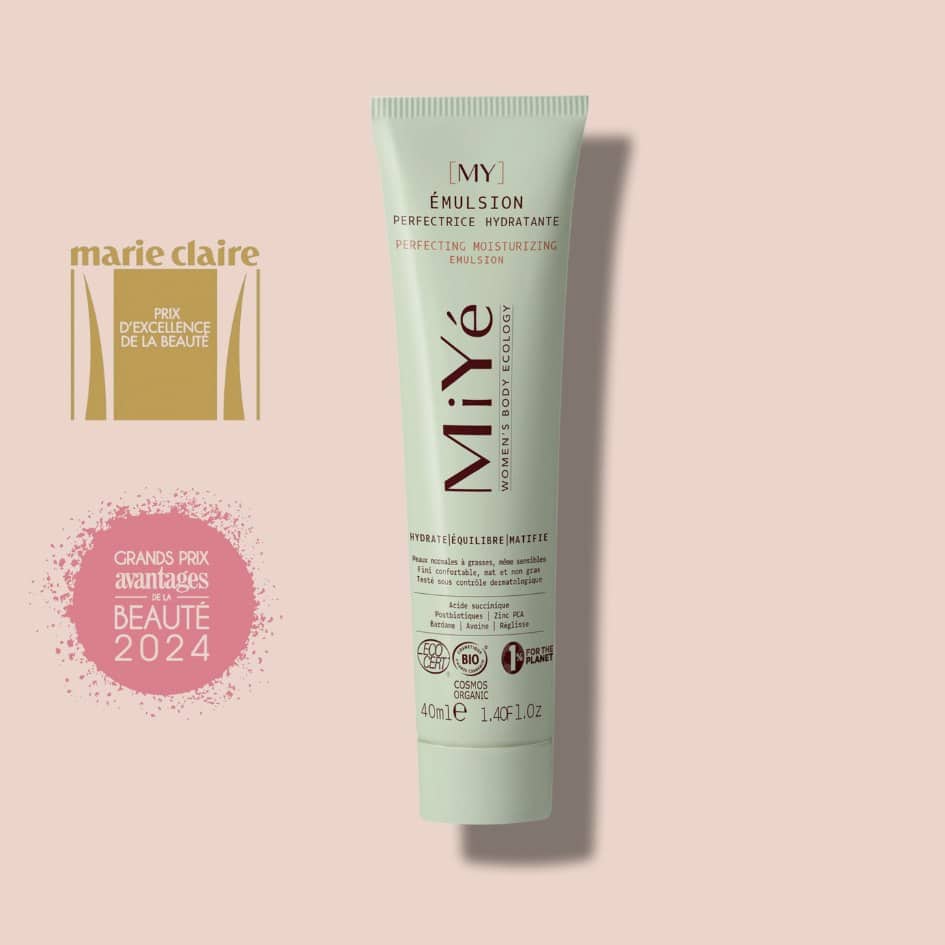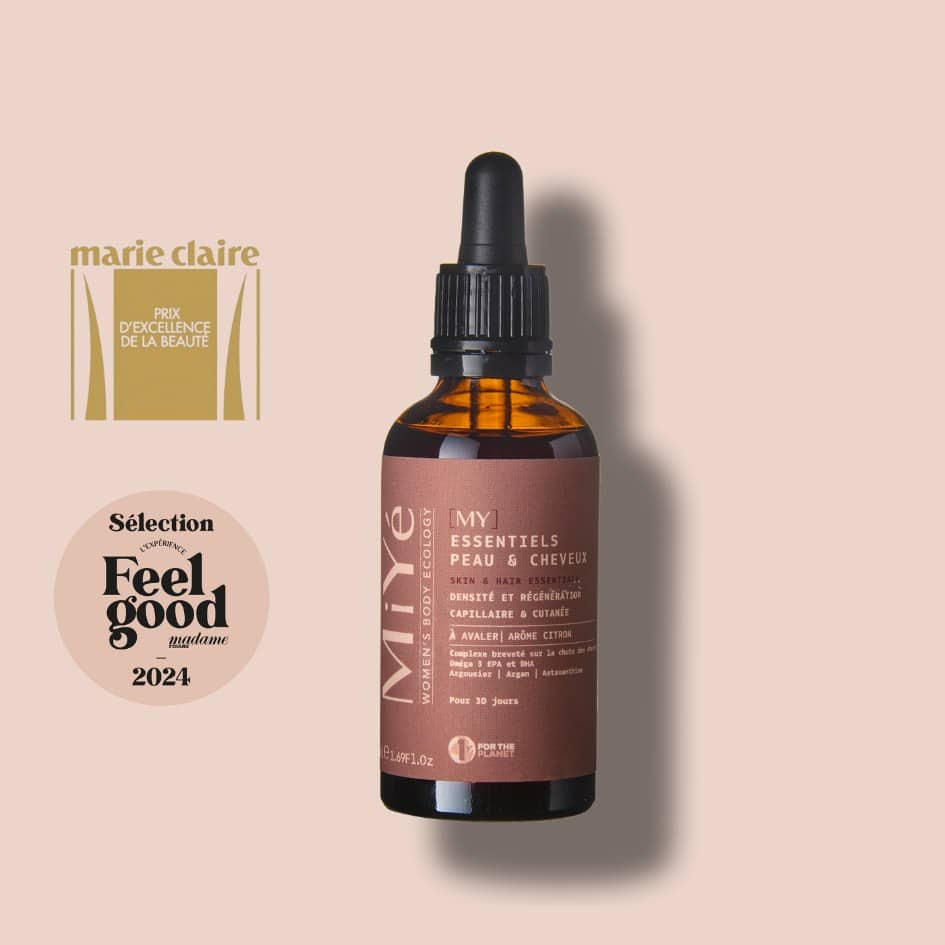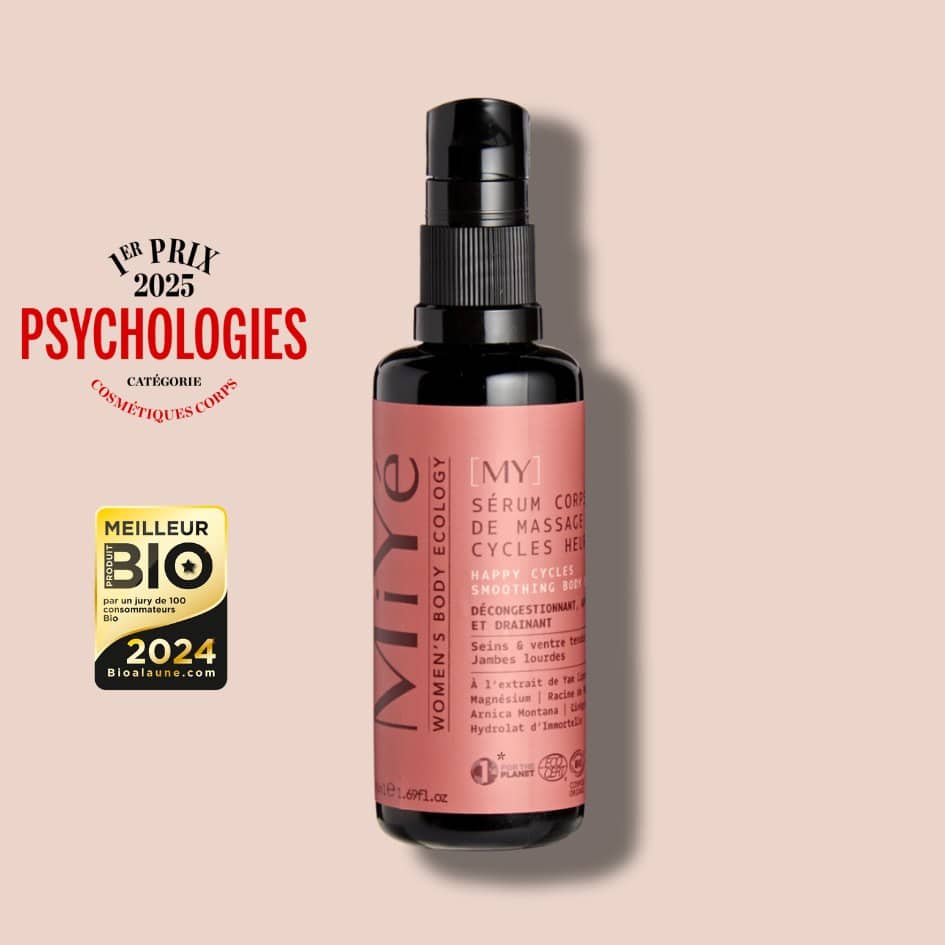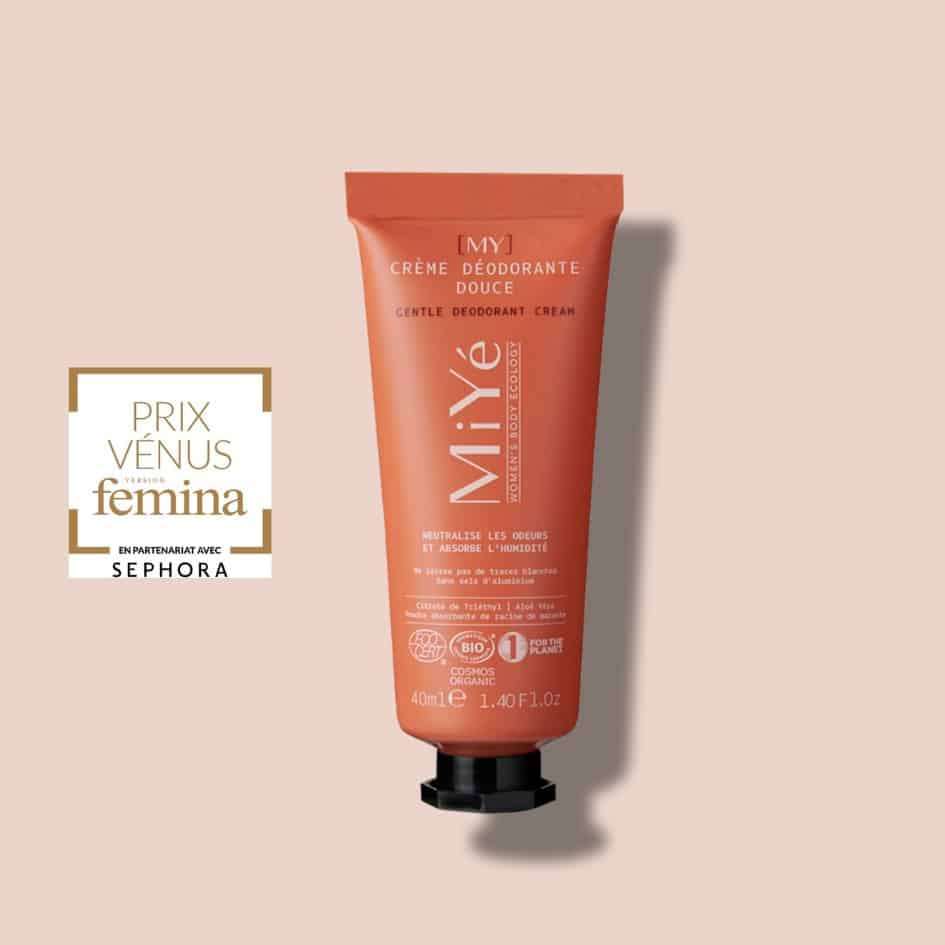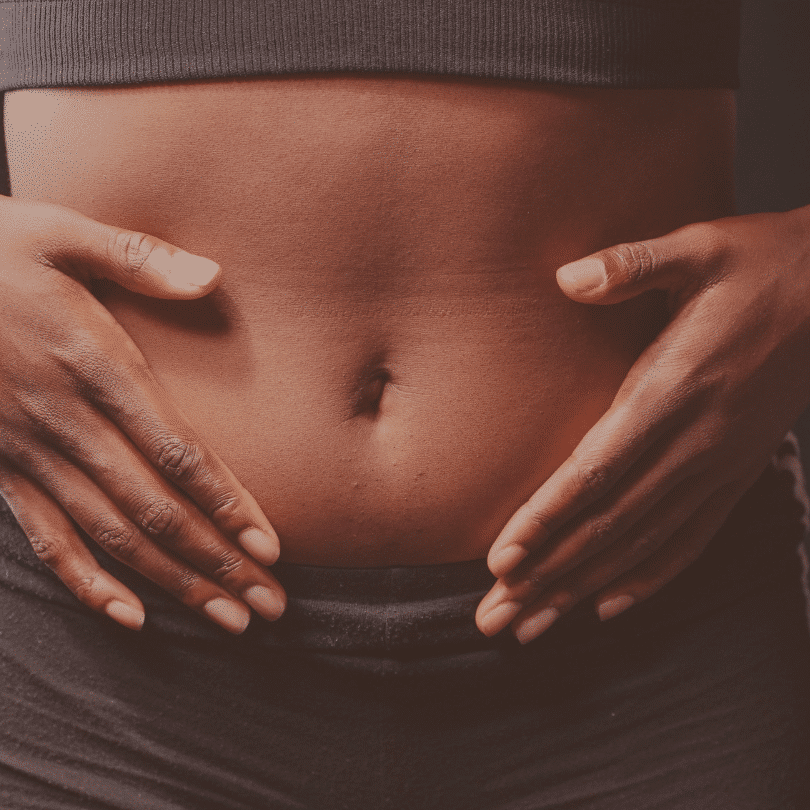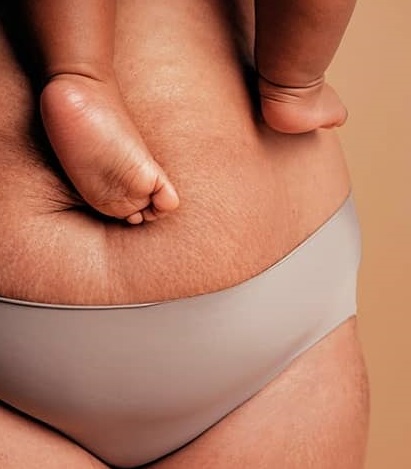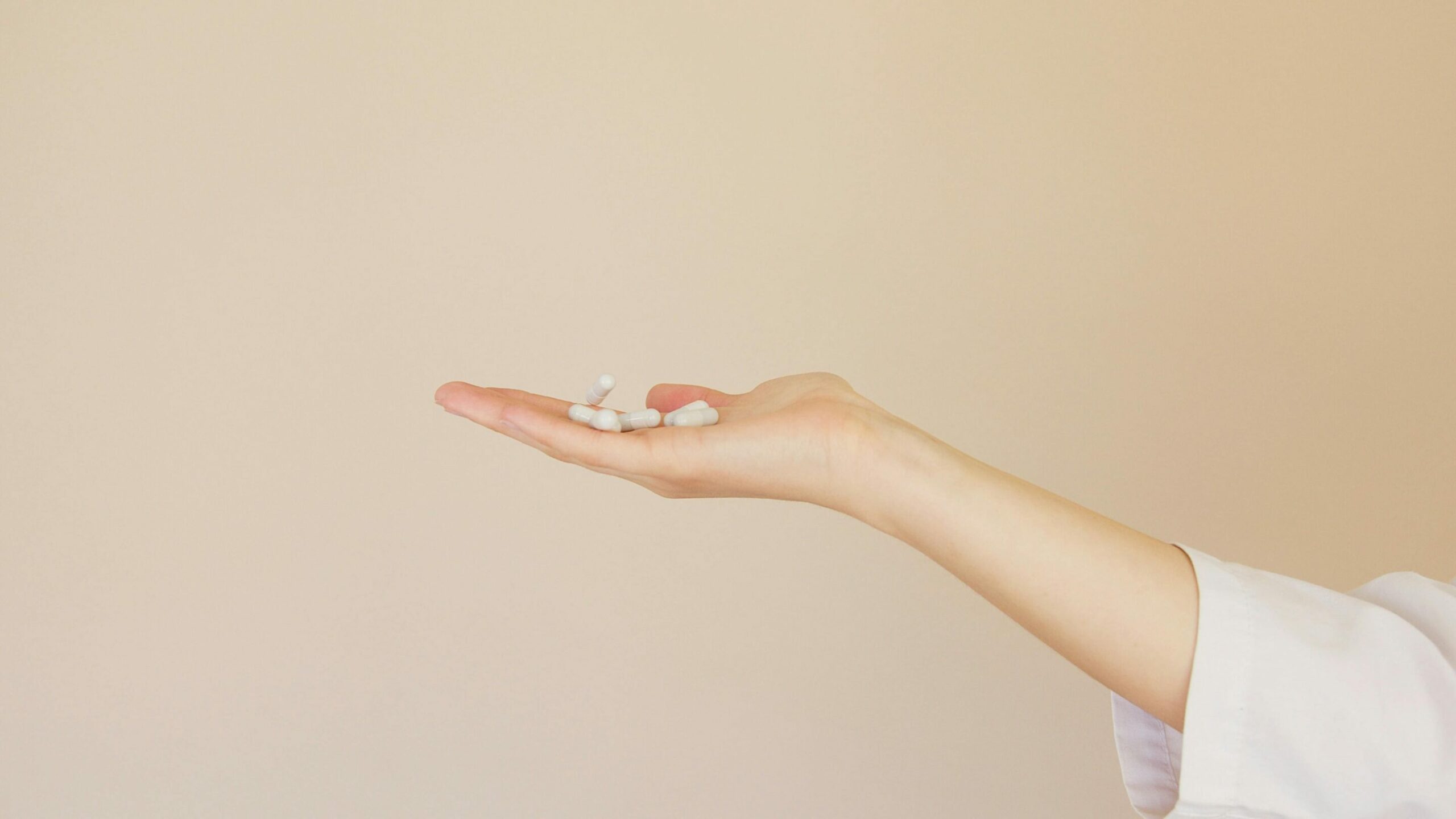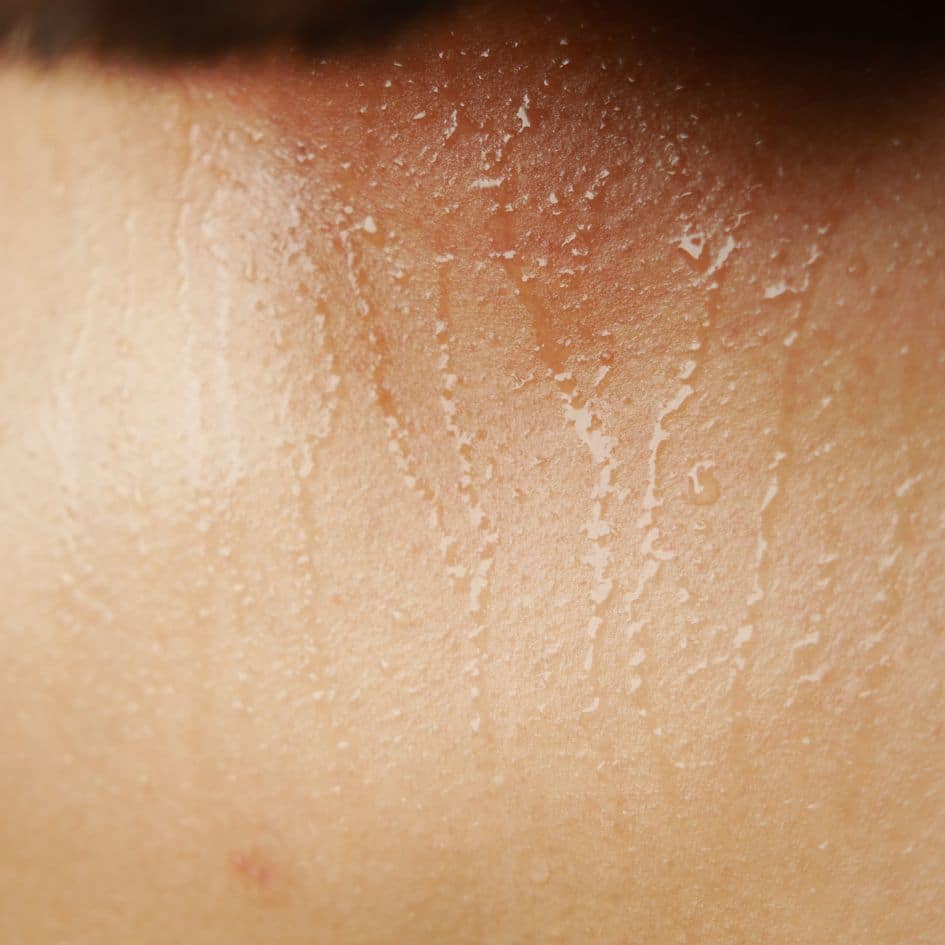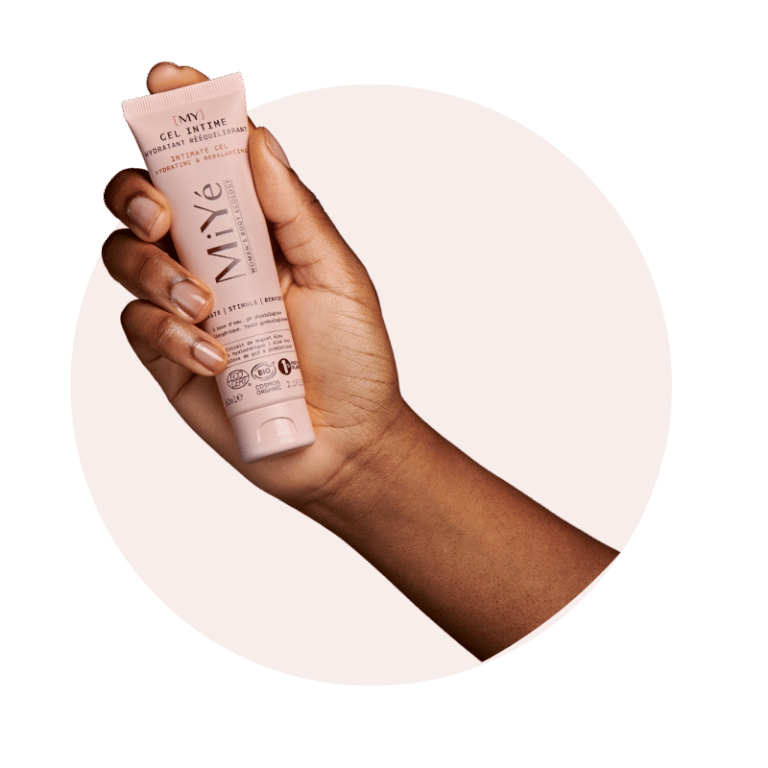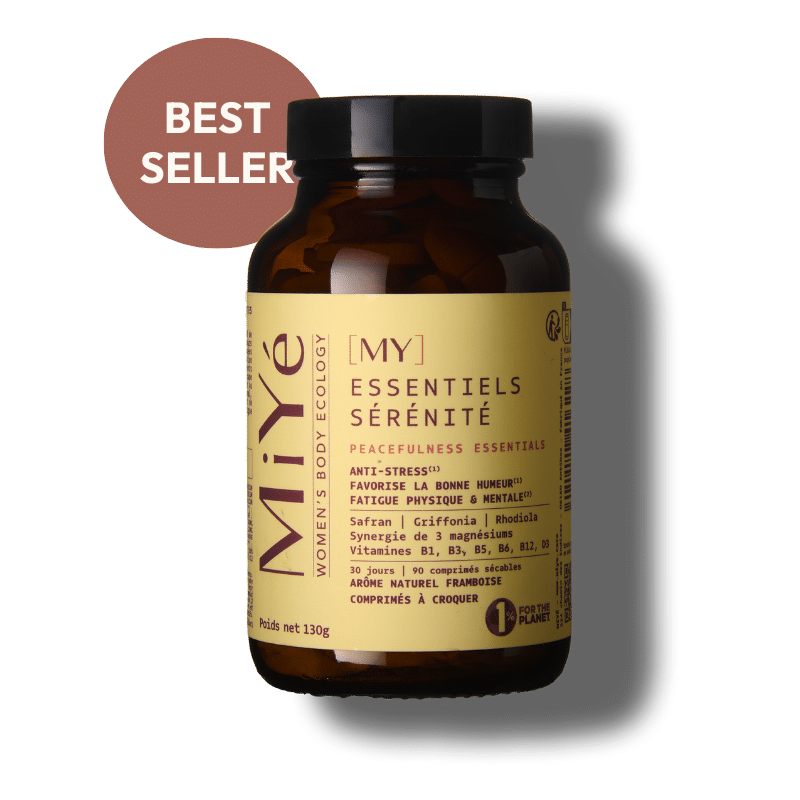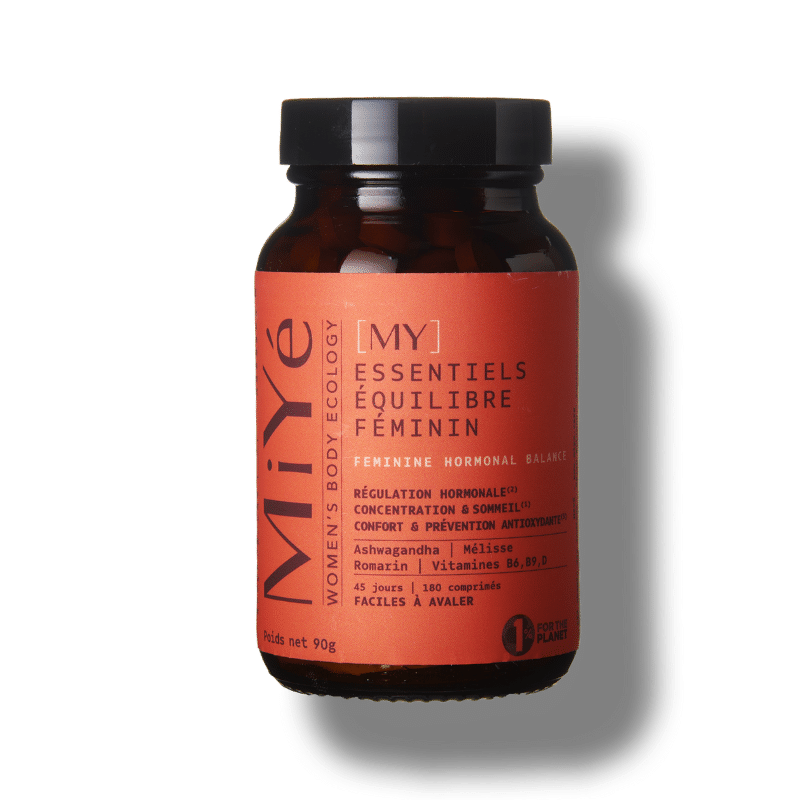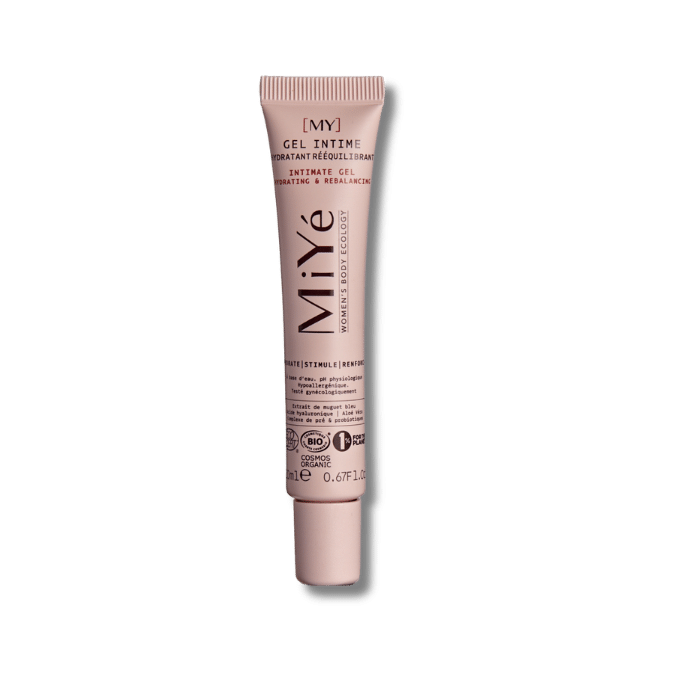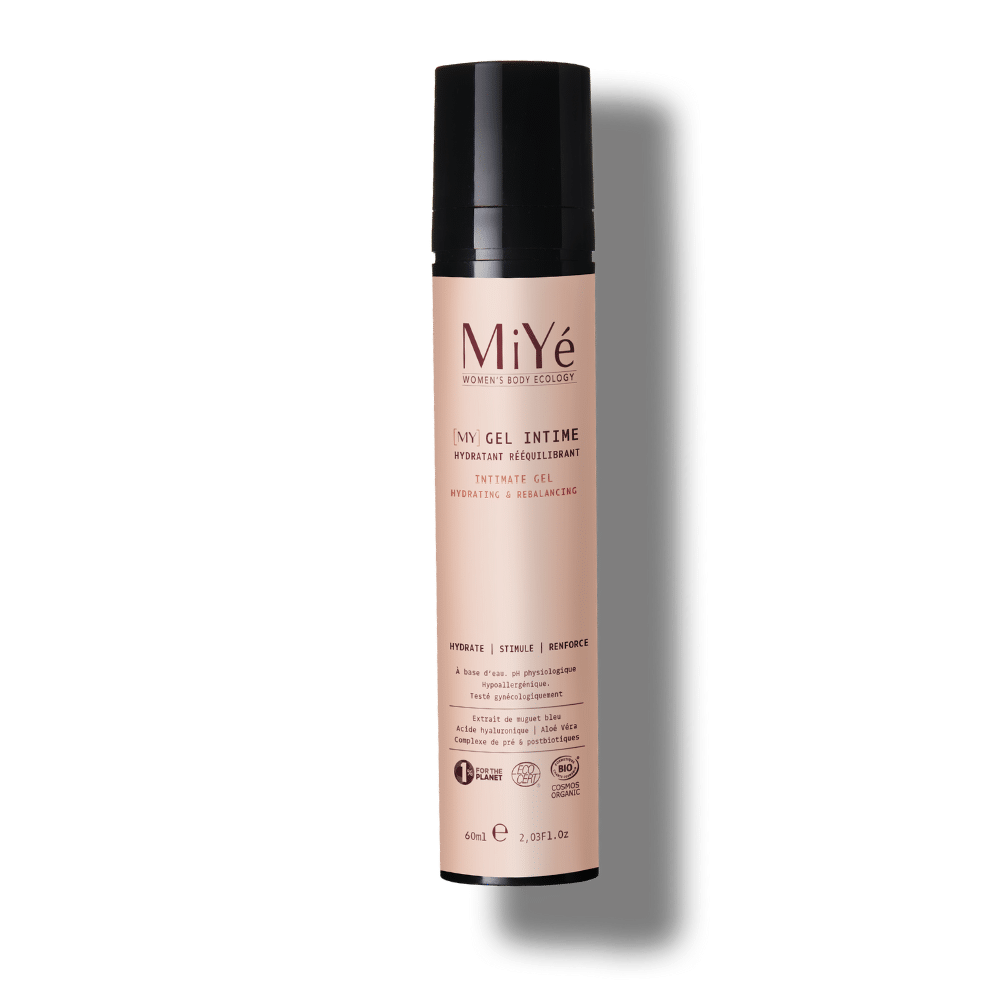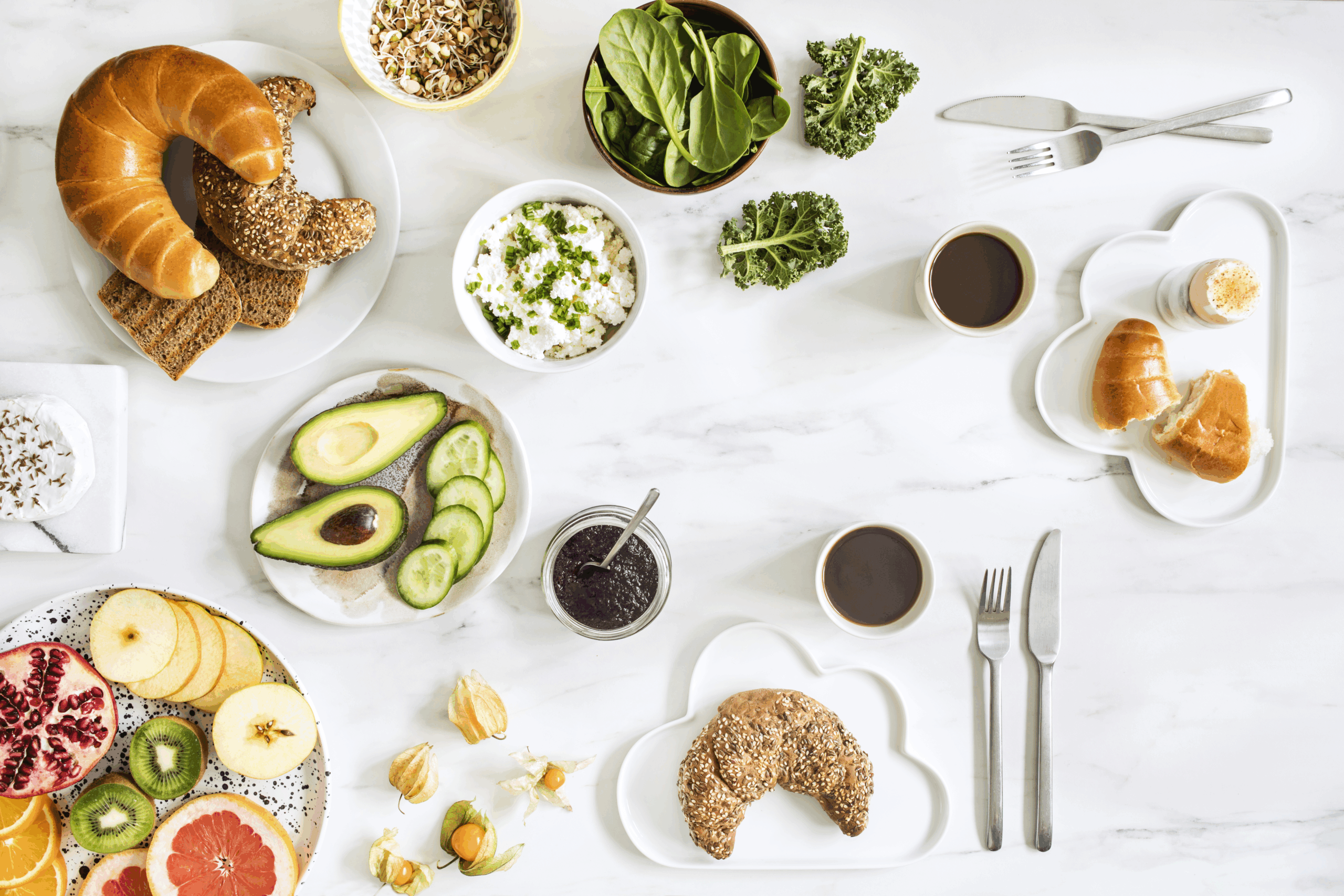
Intimate flora and intestinal flora: how to care for them?
We talk a lot about the intestinal microbiota (or flora). But it’s not the only microbiota our bodies harbor. There are several microbiota: cutaneous, oral, vaginal, respiratory and, for young mothers, mammary. They are all interconnected, with one common denominator: the intestinal microbiota. It’s the microbiota that sets the tone.
This is particularly true of the vaginal microbiota. Vaginal and intestinal microbiota are intimately linked by their anatomical proximity. This is why, for example, oral probiotics can be beneficial in cases of vaginitis or mycosis. It’s all connected.
Let’s take a closer look!
Find out more:
The vaginal microbiota

Generally speaking, a microbiota is a collection of bacteria, both good and bad, transient and permanent, that cohabit and live in synergy with one another. They are often accompanied by fungi and other organisms. What counts, as in any ecosystem, is the balance between these different populations.
All our microbiota are made up of the same large families of bacteria. But their proportions and quantities vary greatly. The richest in quantity and variety is the intestinal microbiota. It is often said to serve as a reservoir for other microbiota.
The bacteria in our microbiota play a protective role. Taking the vaginal flora as an example, its bacteria produce lactic acid. This substance lowers the vaginal pH, making the area acidic and therefore hostile to outside bacteria, viruses and parasites.
The particularity of the vaginal microbiota is that it is highly dependent on hormone levels, and estrogen levels in particular. Estrogen thickens the vaginal mucosa and stimulates glycogen production. This in turn attracts lactobacilli, the most numerous bacteria in the vagina, contributing to its health and protection.
The vaginal microbiota also has the particularity of evolving throughout life (childhood, puberty, pregnancy, menopause), but also according to the periods of the cycle. During menstruation, for example, bacteria produce less lactic acid and the pH level rises, making it less protective.
And a less protective microbiota can allow infections and fungi to develop. This is what happens in cases of mycosis, vulvitis, vaginitis or cystitis, for example.
The link between vaginal and intestinal microbiota
The most obvious link, albeit indirect, is the one created during childbirth: during a vaginal delivery, the mother passes on her vaginal microbiota to her baby. These bacteria form the basis for the formation and development of the baby’s intestinal microbiota.
The vaginal flora, like the intestinal flora, is therefore unique and specific to each woman. It depends on her birth, her age, her environment and living environment, her habits and hygiene, her contraception, etc…
Secondly, there are links between the intestinal microbiota and the vaginal microbiota, due to the anatomical proximity of the colon, in particular its terminal part the rectum, and the urogenital system. For this reason, there are many similarities between these two microbiota: exchanges are permanent, whether internally, via contact between the organs, or externally, via the biofilm formed by bacteria on the perineum, between the anus and the vulva, or as a result of inappropriate gestures (see below).
As a result, bacteria migrate from one to the other, for better protection, as well as for worse: cystitis, vulvitis, papillomavirus, mycosis, etc… and the discomfort, discomfort, pain, discharge, odor, etc… that go with it.
In case of discomfort or intimate dryness, discover our intimate comfort care to moisturize, strengthen and protect the intimate area (vulvar or vaginal dryness, discomfort…).
Their difference lies in their active ingredient: one, the copper IUD, diffuses copper into the uterus, and the other a synthetic progestogen (levonorgestrel), similar to what might be found in a progestin-only pill (and not an estrogen-only pill).
What they have in common is their mechanical inflammatory action, which, to put it simply, accounts for the other 50% of their action.
How can I look after my vaginal microbiota?
To take care of your vaginal flora, whether for prevention or after an infection, here are a few simple steps:
- Take care of your intestinal microbiota
As we’ve just seen, the 2 are intimately linked. That’s why we eat plenty of fiber (if our intestines can tolerate it!) and probiotic and prebiotic foods (artichokes, asparagus, chicory, lacto-fermented foods, leeks, bananas, onions, etc.). Limit refined sugar and stress. Eat organic. Take the time to chew properly and fight constipation.
- Adopt a healthy lifestyle
Not too much, not too little! A healthy vagina is “self-cleaning”. So don’t use any products inside, even just water. Simply cleanse the vulva with a mild product with a suitable pH, once or twice a day at most.
Choosing your underwear
Choose natural underwear, change every day and avoid nightwear. And don’t keep a damp bathing suit on for too long.
- Adopt protective gestures
Wipe from front to back when using the toilet, using unscented, colourless paper. Urinate after sexual intercourse. You should also avoid plucking all over: hair preserves moisture and warmth that protect good bacteria. - Avoid certain enemies
Like tobacco and, whenever possible, antibiotics.
- Take oral or vaginal probiotics and prebiotics
Particularly after the menopause, to compensate for the loss of estrogen, and regularly when prone to mycoses and cystitis. Preference should be given to the strains listed above and, ideally, to formulas that combine these strains with their food, prebiotics.
Prevent recurrences with plants
Certain plants also have proven effects in the fight against the onset of urogenital infections. This is particularly true of cranberries, which prevent harmful intestinal bacteria from attaching themselves to the bladder wall. It therefore has a preventive action against cystitis.
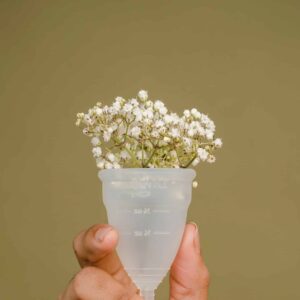
When you suffer from recurrent cystitis or mycosis, it’s a good idea not only to treat the problem at source, but also to restore and maintain your intimate balance. This is what will protect us against recurrences. Microbiota, whatever they may be, are still an unknown universe. Research is only just beginning. Until they reveal all their secrets, let’s take care of them.
Discover the benefits of our intimate gel on video.
